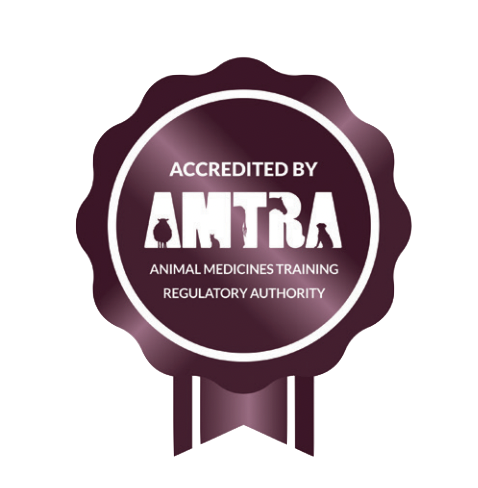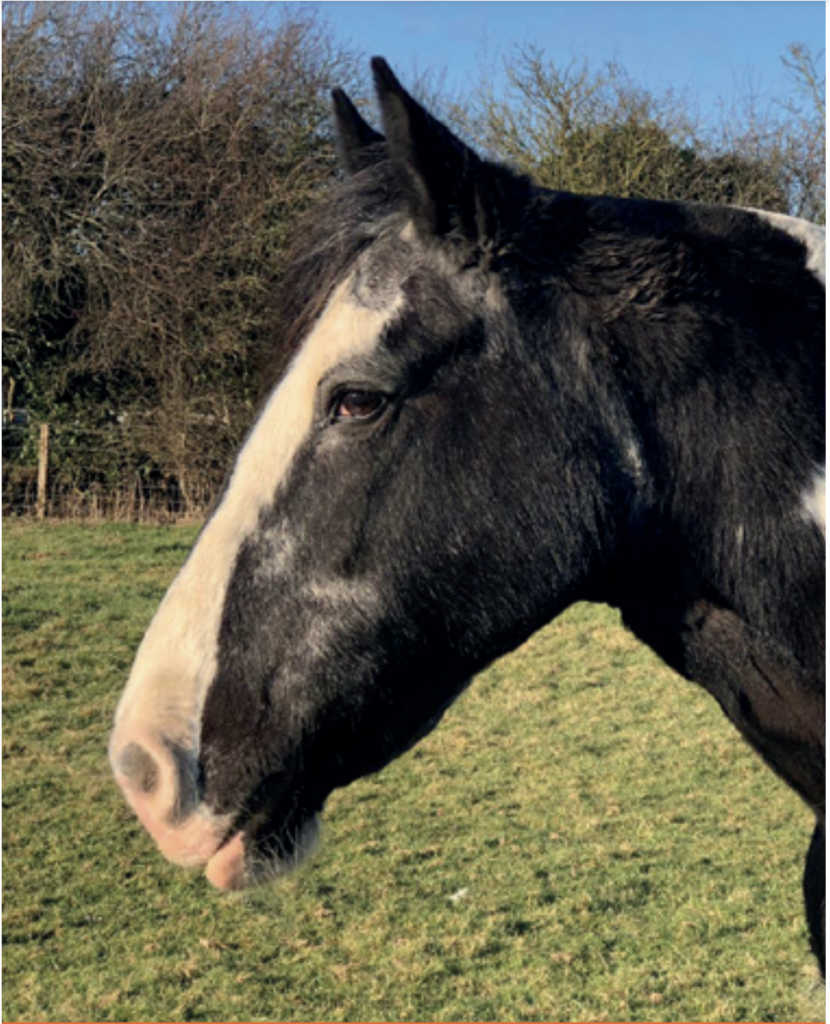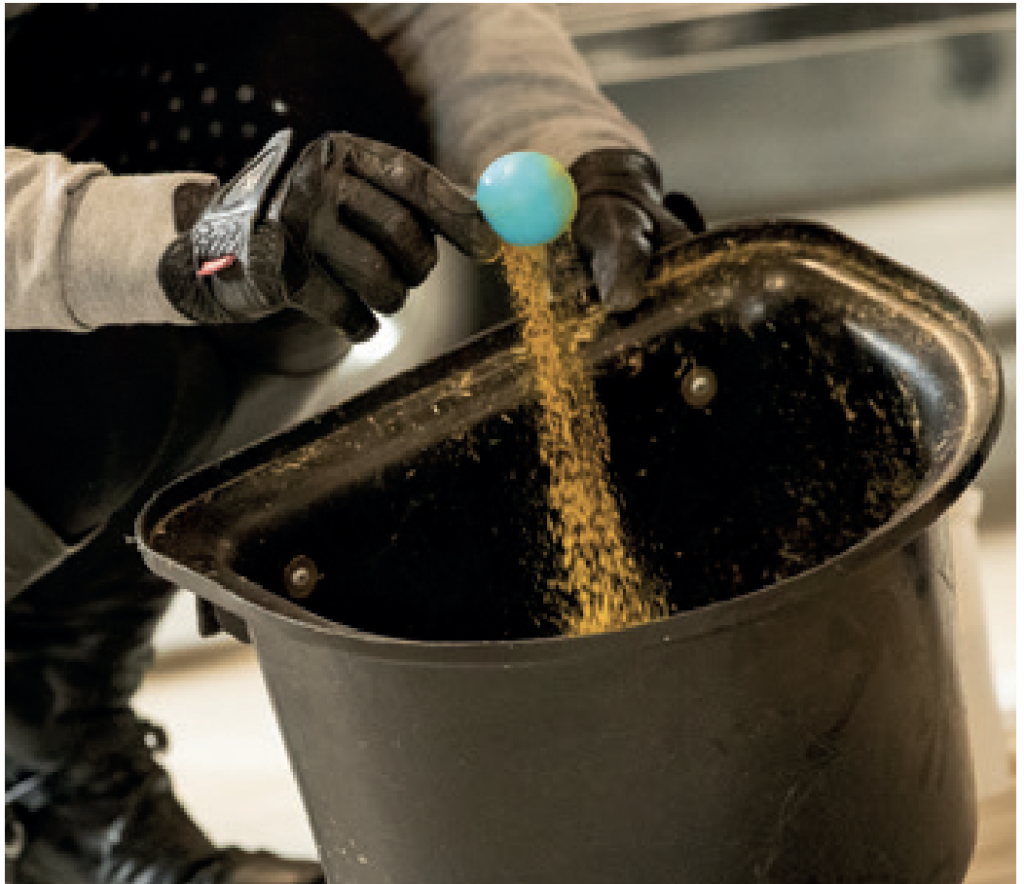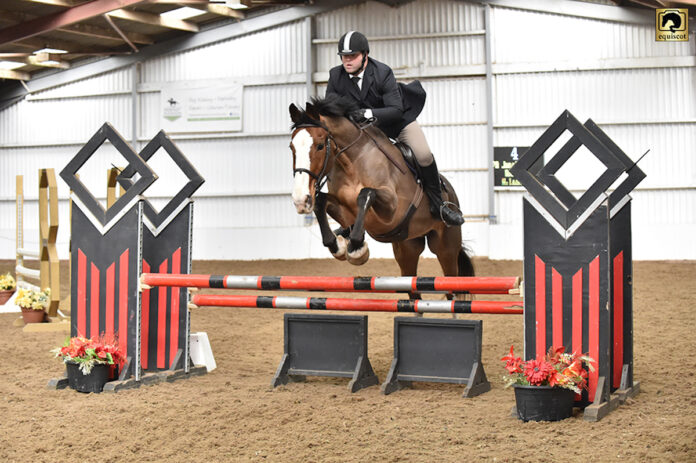Veteran targeted nutrition in equines

By Kate Hore RNutr (Animal). R.Anim.Technol. Head Nutritionist at NAF
AMTRA is required by the Veterinary Medicines Regulations to ensure its RAMAs/SQPs undertake CPD. All RAMAs/SQPs must earn a certain number of CPD points in a given period of time in order to retain their qualification. RAMAs/SQPs who read this feature and submit correct answers to the questions below will receive two CPD points. For more about AMTRA and becoming a RAMA/SQP, visit www.amtra.org.uk
Through recent uncertainty, one thing shines through - our customers’ undying care for their horses.
Recent years show a changing trend in owners, away from seeing their vet as the first call for healthcare, and towards seeking advice in-store. While we would always advocate they seek veterinary advice for routine checks and any concerns, what are the essentials that we can help with?
Caring for the veteran animal is key, and it is a growing population. Advancements in veterinary medicine and welfare result in an ageing population in horses. Studies show veteran horses make up almost 30% of the total equine population, with 11% of those between 20-30 years, and 2% over 30 years old.
Our research shows RAMAs, as the health experts in store, are regularly asked about management and dietary support. Therefore, can targeted nutrition help improve our horse and pony’s ‘healthspan’ – the time spent in good health – rather than simply extending ‘lifespan’?
DID YOU KNOW?
The oldest ever recorded horse was a working barge horse called ‘Old Billy’, who died in 1822 aged 62.
IMMUNE FUNCTION
Reduced immune function is recognised in many species as they age, with changes in both the general defences, or ‘innate immunity’, and the acquired response, or ‘adaptive immunity’. This decreased efficiency of the immune system, described as
immunosenescence, is seen in all animals, resulting in an increased risk of age-related conditions.

Factors influencing the change are complex, but understood to include oxidative stress by Reactive Oxygen Species (ROS) – damaging free radical molecules that cause damage to DNA, RNA and proteins, and may cause cell death.
Increasingly we recognise the link between digestive health and immunity. Indeed, the Gut Associated Lymphoid Tissue, or GALT, is recognised as providing over 70% of total immunity. Therefore, it is imperative we support digestive health to support immunity.
For horses, the GALT is best supported by feeding a highfibre, low starch, diet. Taking it one step further, the more we can introduce a complexity of fibres into that diet, and not just feed a monoculture, i.e. grass, then we can support both the Richness (number of species) and Evenness (distribution of species) of the microbial system, which results in increasing the Diversity of the
microbiome.
Indeed, one of the reasons we are all advised to eat five helpings of fruit and vegetables a day is for their complex fibrous content, many of which have a prebiotic action. Therefore, advising supplementary plant derived antioxidants in the daily diet of aging equines will support not only antioxidant defences, important against ROS, but also increase the variety of fibres of the diet, and so digestive defences.
CONDITION
While it’s important to maintain digestive health, we need to exercise a little caution over changing feed too readily for the older equine. There is a common misconception that older horses drop body condition, and so will need a higher energy, or more readily
digestible diet.
However, research shows that the truth is somewhat different, with condition loss not being the norm until much later. Indeed, it is only when equines reach the ‘geriatric’ stage, i.e. in their late twenties, when condition loss becomes more prevalent. Therefore, it’s important we talk to customers about Body Condition Scoring, and assessing the condition their horse is actually in, rather than what we might believe. Often the best approach is to stick with the current diet, but supplement for specific old age requirements like digestive health and immunity.
SOUNDNESS
One phenomenon shared by all is ‘inflammageing’, a progressive chronic inflammatory response, commonly seen as joint changes. Signs of joint stress in older horses are well recognised, and we’re familiar with what to look for. We’re likely to see gait changes, shortening of the stride and poor performance, but also look for more subtle changes like difficulty in turning tightly, and activity and behaviour changes when turned out.
Alongside suitable exercise regimes and management, targeted nutrition can be an important tool in maintaining healthy joints in the older animal.
Glucosamine is commonly found in products for older joint health, but it’s important to ensure you advise the right source. Research shows that when taken orally the Glucosamine sulphate is more effective than the more commonly used Hydrochloride (HCl) source.
However, joint care is a complex, multifactorial issue and therefore no single ingredient will provide the answers. Research shows that glucosamine is best fed in a synergistic blend with support nutrients such as MSM, the Glycosaminoglycans (GAGs) such as Chondroitin sulphate, and antioxidants to flush out oxidative stress from the system.
For older animals in particular, we advise ensuring joint nutrition includes a source of omega 3 fatty acids, which are known to contribute to joint metabolism in cases of osteoarthritis.
BRAIN HEALTH
It will come as no surprise to find that a decline in mental acuity, or your brain’s ‘sharpness’ and health, is a common sign of ageing in most mammals.

Changes in brain function are often more noticeable in our older companion animals, such as dogs and cats, where cognitive stress is common. However, equines too can show cognitive changes.
While they often appear youthful well into their teens, progressing into their twenties this does tend to change. Geriatric horses may stare into space, change behaviour or become disorientated. Veteran horses can lose their place in the herd. Monitor turnout to ensure they are still happy and relaxed in their social group.
Targeted nutrition to support changes is recommended. The adaptogenic herbs such as Ginseng, Ginkgo and Immortality Herb have attracted interest across species for their ability to help the brain adapt to change. Adaptogens work in synergy with natural antioxidants, important as oxidative changes, leading to free radical stress, is seen in the ageing brain; while omega 3s support brain health through anti-inflammatory channels.
In conclusion, the right targeted nutritional solutions can support age-related changes, and help our customers’ horses and ponies age gracefully - or disgracefully for some!
Of course, owners can be rightly concerned about their much-loved older horses and ponies, and it is important that qualified advice is sought when appropriate.
NAF have Vets and Registered Nutritionists available through our Freephone Advice Line, and are happy to help you with customer advice.
Selected sources.
• Edwards J.E. (2019) Equine anaerobic fungi: Key taxa of central importance to dietary fibre degradation. European Equine Health & Nutrition Congress, Utrecht. 2019
• Horohov D. W, Adams A.A & Chambers T.M (2009) Immunosenescence of the Equine Immune System. Journal of Comparative Pathology. Jan 142; Supp 1 578-84
• Ireland J.L. et al (2011) A cross-sectional study of geriatric horses in the UK. Part 1. Equine Vet.Jn. 43(1) 30-6
• Willis L.M (2009) Modulation of cognition and behaviour in aged animals: role for antioxidant – and essential fatty acid – rich plant foods. The American Journal of Clinical Nutrition. 89(5) p1602s1606s
• Zheng D et al (2020) Interaction between microbiota and immunity in health and disease. Cell Research. 30: 492-506

ABOUT ETN’S RAMA/SQP FEATURES
ETN’s series of CPD features helps RAMAs (Registered Animal Medicines Advisors/SQPs) earn the CPD (continuing professional development) points they need. The features are accredited by AMTRA, and highlight some of the most important subject areas for RAMAs/SQPs specialising in equine and companion animal medicine.
AMTRA is required by the Veterinary Medicines Regulations to ensure its RAMAs/SQPs undertake CPD. All RAMAs/SQPs must earn a certain number of CPD points in a given period of time in order to retain their qualification. RAMAs/SQPs who read this feature and submit correct answers to the questions below will receive two CPD points. For more about AMTRA and becoming a RAMA/SQP, visit www.amtra.org.uk











